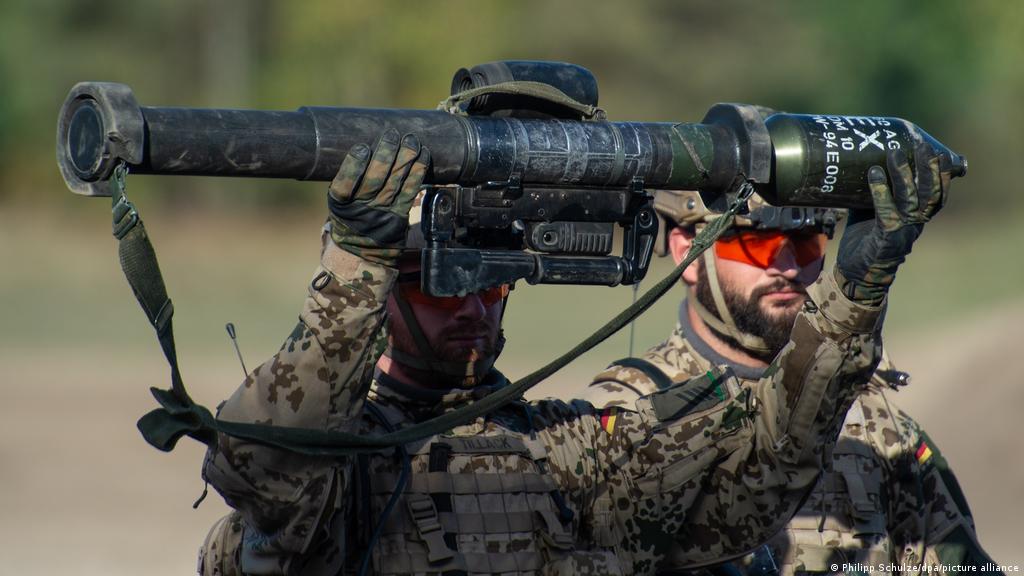
To underline the importance that has been put on male circumcision, more than 10 legislators had the surgical snip last week, reportedly setting an example that others should follow so as to reduce the HIV scourge.
However, new researches are questioning the link between HIV reduction and circumcision, with some studies showing that HIV was more prevalent in circumcised Zimbabweans than those uncircumcised.
A USAID report indicates that out of 15 countries surveyed, the result between circumcised males and the uncircumcised was negligible, with only Kenya having a substantial difference.
“In 10 of the countries — Cameroon, Guinea, Haiti, Lesotho, Malawi, Niger, Rwanda, Senegal, Tanzania and Zimbabwe — HIV prevalence is higher among circumcised men,” reads the USAID report, which was published in 2009, effectively questioning the efficacy of male circumcision.
The study was carried out between 2003 and 2005 in the 15 countries and in Zimbabwe 5 848 men took part in the research, ahead of a World Health Organisation and UNAids recommendation in 2007 that circumcision could be used as an HIV preventive method.
Yet more scholars continue to question the method, instead advising that the world bodies should have waited longer before recommending the procedure.
Two medical scholars last November also questioned the usefulness of circumcision, describing it as a dangerous distraction in the fight against HIV and Aids.
- Chamisa under fire over US$120K donation
- Mavhunga puts DeMbare into Chibuku quarterfinals
- Pension funds bet on Cabora Bassa oilfields
- Councils defy govt fire tender directive
Keep Reading
It is believed that circumcision reduces transmission rates by 60%, but Gregory Hill and Gregory Boyle, in the Australian Journal of Law and Medicine say the snip only reduces transmission by no more than 1,3%, which they say is statistically insignificant.
“Examination of epidemiological data shows that male circumcision does not provide protection against HIV transmission in several sub-Saharan African countries including Cameroon, Ghana, Lesotho, Malawi, Rwanda and Tanzania, all of which have higher prevalence of HIV infection among circumcised men,” Hill and Boyle said.
The two also questioned research that led to the adoption of circumcision, saying WHO had taken it without critical questioning, as the study was fraught with problems, among them inadequate equipment, selection bias and the studies were stopped before adequate data could be analysed.
“Evidence suggests that mass circumcision programmes may exacerbate the HIV epidemic among women (and) under these circumstances it would be irresponsible and unethical to advocate mass circumcision programmes in southern Africa,” the two scientists noted.
Instead, they advised that more emphasis should be put on promoting condoms, which are 80% effective. The two also pointed out that HIV prevalence is higher in America, where a significant percentage of the male population is circumcised, compared to Nordic countries where most men are intact.
Another study, appearing in the Journal of Public Health and carried out by Robert Van Howe and Michelle Storms, says circumcision is a costly sideshow, which in the end might lead to an increase in HIV prevalence.
The report was published last year.











